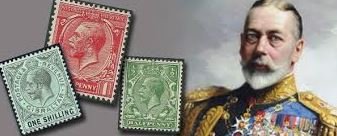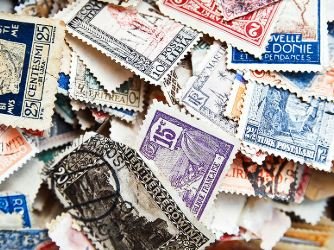Stamp collecting is a rewarding hobby that combines history, art, and the thrill of discovery. For many collectors, identifying valuable stamps is the ultimate goal, as these stamps can potentially be worth significant amounts of money. But how to identify valuable stamps can be a complex process that involves understanding a variety of factors, such as rarity, condition, and historical significance. This article will walk you through the essential steps to identify valuable stamps in your collection and provide you with the knowledge needed to distinguish the truly valuable ones from the rest.
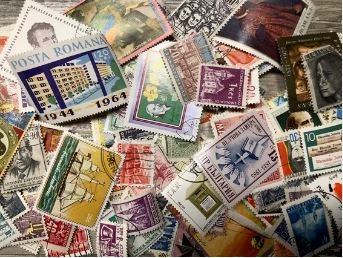
1. Understand the Key Factors That Make Stamps Valuable
Before diving into the specifics of how to identify valuable stamps, it’s important to understand what makes a stamp valuable in the first place. While the market for stamps can be quite subjective, several key factors typically determine the value of a stamp:
- Rarity: One of the most crucial elements in identifying valuable stamps is rarity. Rare stamps are often worth significantly more than common ones. Rarity can be due to the limited number of stamps printed, printing errors, or stamps that were withdrawn from circulation early.
- Condition: The condition of a stamp is another major factor that affects its value. Stamps in mint condition (unworn and unused) are generally worth more than those that are damaged, torn, or faded. Condition is often rated using a grading scale, and even slight imperfections can dramatically lower a stamp’s value.
- Demand: Popularity and demand play a key role in determining a stamp’s worth. For example, stamps from certain countries, historical events, or famous personalities are highly sought after and may have higher value due to their cultural significance.
- Age and Historical Significance: Older stamps, particularly those with historical significance, can also be valuable. Stamps that commemorate important events, or those issued during key moments in history, often attract collectors due to their storytelling and connection to the past.
2. How to Identify Valuable Stamps: Start by Checking the Country and Year of Issue
The first step in how to identify valuable stamps is to look at the country and year of issue. Certain countries produce stamps that are more valuable because they have been produced in limited quantities or are historically significant. For example, stamps from the early 20th century or those that were issued during wartime may be of particular interest to collectors.
Check the back of the stamp for any indication of the year it was issued and the country of origin. A quick online search of the stamp’s details, such as its country and year, can help you assess its rarity and potential value. Websites like stamp catalogs and specialized stamp databases can provide information about the stamp’s history, print run, and approximate value.
3. Examine the Design and Printing Details
When trying to figure out how to identify valuable stamps, pay close attention to the design and printing details. Stamps with intricate designs or unique features often stand out in the marketplace. Look for unusual patterns, misprints, or colors that may indicate a printing error, which can dramatically increase a stamp’s value.
For example, a famous misprint, such as the “Inverted Jenny” stamp in the United States, can be worth millions because of the rarity of the error. Similarly, stamps with unique designs or limited print runs can be more valuable due to their scarcity and demand among collectors.
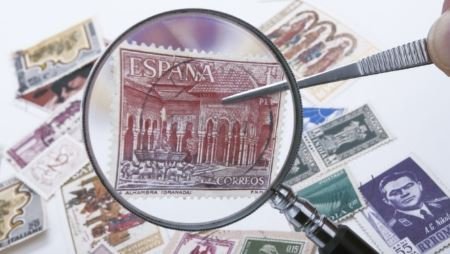
4. Look for Rare Stamps with Errors
One of the most exciting ways to identify valuable stamps is by searching for printing errors. Stamp errors, whether they are misprints, color variations, or missing elements, are highly sought after by collectors. These mistakes often lead to a significant increase in value, as they are rare and unique.
Some common printing errors to look for include:
- Misalignment of images: This happens when the printing plates are not properly aligned, leading to distorted or overlapping designs.
- Color variations: Sometimes stamps are printed with the wrong color, or certain colors may be missing.
- Inverted or missing text: Text on a stamp that is upside down or missing can also increase a stamp’s value due to its rarity.
If you suspect that your stamp may have an error, consider getting it professionally appraised to confirm whether it is truly valuable.
5. Assess the Stamp’s Condition Using Grading Systems
The condition of a stamp plays a major role in determining its value. When learning how to identify valuable stamps, it’s essential to familiarize yourself with stamp grading. The condition of a stamp is typically rated using a grading scale, with “mint” being the highest rating, followed by “used” or “postally used,” and then progressively lower ratings based on wear and damage.
- Mint Condition: A stamp in mint condition is one that has never been used and is in perfect condition, with sharp corners and no imperfections. These stamps are the most valuable.
- Used Stamps: A stamp that has been used for mailing may still have value, depending on its condition. However, stamps with postmarks or signs of wear are usually worth less than mint stamps.
- Damaged Stamps: Stamps with creases, tears, or fading will generally be worth less. It’s important to carefully assess your stamps for any signs of damage that could affect their value.
Professional grading services can also be used to assess the quality of your stamps and determine their market value.
6. Research the Stamp’s Market Demand and Popularity
After identifying the physical attributes of the stamp, the next step in how to identify valuable stamps is to research market demand. Even if a stamp appears to be rare or in good condition, it may not have a high value if there’s little demand for it in the stamp-collecting community. Some stamps, while rare, may not be as popular with collectors.
To gauge demand, check online auction platforms, stamp dealer websites, and collector forums to see how frequently similar stamps are bought and sold. A high level of interest can indicate that the stamp is in demand, potentially increasing its value.
7. Consult Expert Appraisers or Stamp Catalogs
Finally, if you’re still uncertain about how to identify valuable stamps, it’s always a good idea to consult expert appraisers or refer to stamp catalogs. Stamp experts can provide professional assessments of your collection and offer insight into the specific value of your stamps. Additionally, well-established stamp catalogs can give you a baseline price for stamps based on current market trends.
Many collectors use online stamp catalogs to check the value of their stamps and verify their authenticity. Leading catalogs like the Scott Standard Postage Stamp Catalogue and the Stanley Gibbons catalog provide extensive information about stamp values, history, and rarity.
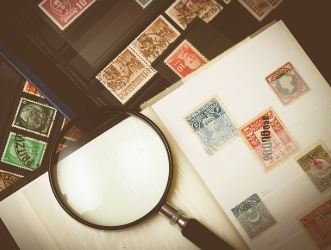
Conclusion: Unlock the Potential of Your Collection
Learning how to identify valuable stamps can take time and practice, but it is an incredibly rewarding part of stamp collecting. By understanding the key factors like rarity, condition, and historical significance, as well as examining printing details, errors, and market demand, you can confidently assess the value of your collection. Whether you’re just starting or have a more advanced collection, knowing how to identify valuable stamps will help you make informed decisions, avoid costly mistakes, and maximize the potential of your collection.

